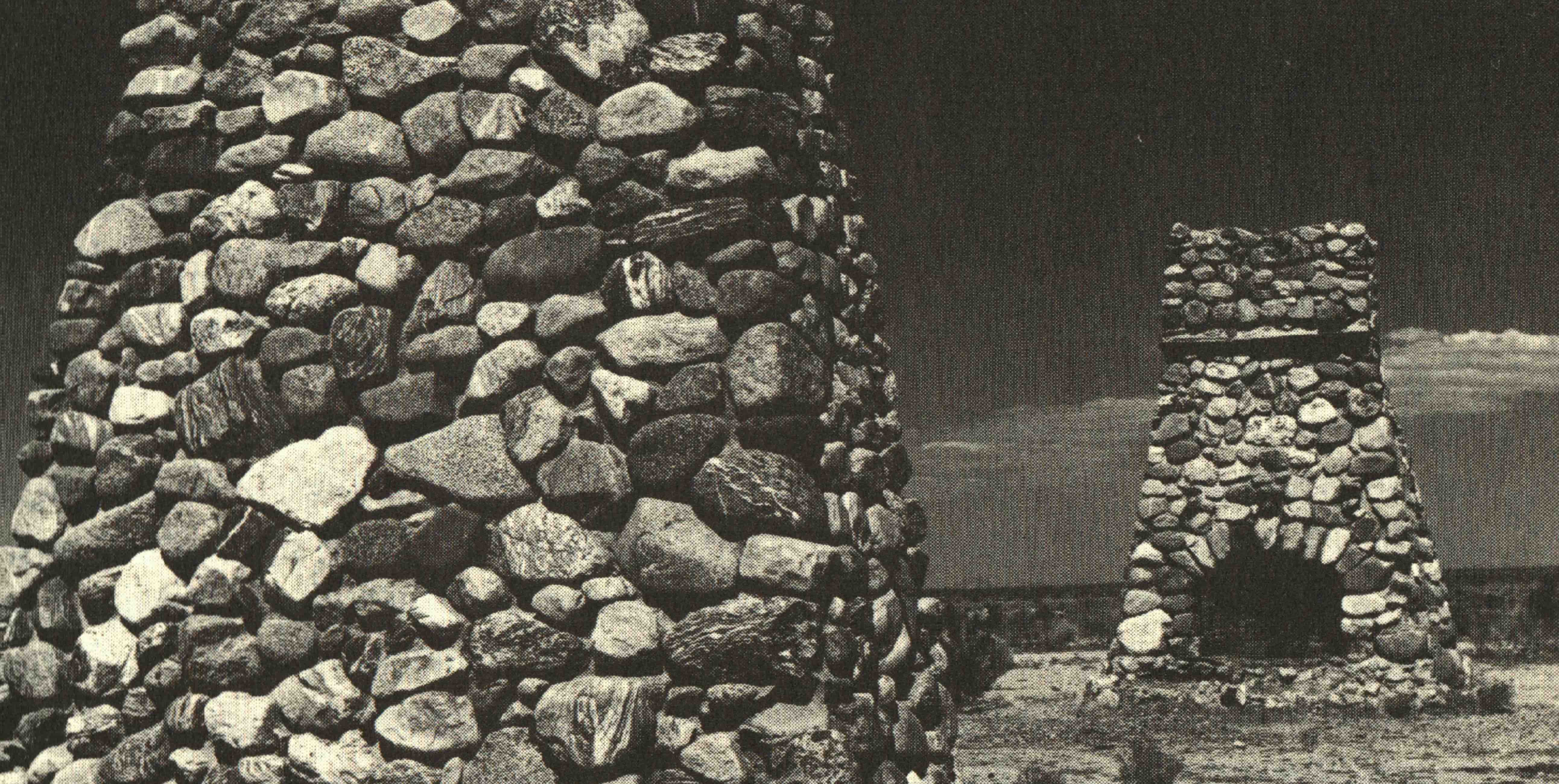661 Imperial
LA 90021
Desert Visionaries: Llano del Rio, St. Andrew’s Monastery, & Aldous Huxley’s Pearblossom Ranch
Join us on a day-long excursion to explore the Southern California dream as it has manifested through creative residents of the Antelope Valley from the 1880s through 1950s, and how these historic spaces continue to serve and inspire the community. The tour includes a hosted lunch at St. Andrew’s Abbey.
Tour stops include:
- Llano del Rio colony ruins (1910s)
- St. Andrew’s Abbey (1950s)
- Antelope Valley Indian Museum (1920s)
- Aldous Huxley’s Pearblossom Ranch (1940s)
- Western Hotel Museum (1880s)
ABOUT LLANO DEL RIO
Llano del Rio was a hard work socialist co-operative colony founded by the lawyer and philosopher Job Harriman, who very nearly became Mayor of Los Angeles in 1911. On May Day, 1914, Harriman’s friends moved en masse to the Antelope Valley, settling a 2000-acre village site along progressive, socialist ideals. In late 1917, most of the colonists walked away from their desert home, with many residents continuing on to New Llano, Louisiana. The evidence of their desert adventure still survives in ruins spread across the high desert floor.
Joining us as we explore the ruins of Llano del Rio is expert guide, historian Paul Greenstein (co-author of Bread & Hyacinths: The Rise and Fall of Utopian Los Angeles). Paul will tell stories of the colonists’ colorful adventures set against a backdrop of the conservative Los Angeles power structure, personified by Job Harriman’s arch-nemesis, Los Angeles Times publisher Harrison Gray Otis.
ABOUT ST. ANDREWS ABBEY
St. Andrew’s Abbey is a male Benedictine monastery of the Congregation of the Annunciation located in Valyermo, on the San Andreas Fault. The monastery’s history is a rich one. In 1929, St. Andrew’s Abbey in Bruges, Belgium founded St. Andrew’s Priory in China, where the monks of the Priory conducted missionary work. In 1953, during the Cultural Revolution, the monks were expelled from China, along with all other foreign religious workers. In 1955, they purchased the Hidden Springs Ranch, and have made their home in the high desert ever since. The purpose of St. Andrew’s Abbey is to carry on the ages-old tradition of the Order of St. Benedict: Prayer and Work. The Abbey serves as a retreat center, and is noted for its distinctive mid-century modern ceramic wall hangings, launched in 1965 with designs by Father Maur van Doorslaer, O.S.B. (1925-2013). We will enjoy a home-cooked lunch at the Abbey. After lunch, Father Patrick will give us a brief tour of the grounds, and you’ll have an opportunity to purchase souvenirs and their signature ceramics in the gift shop, or visit the used bookstore.
Joining us for our luncheon at the Abbey will be Olivia de Haulleville. As a child, she often visited her aunt and uncle, Aldous and Maria Huxley, in the nearby town of Llano. Huxley wrote his only children’s book, The Crows Of Pearblossom, for Olivia. Olivia will talk about her life with Aldous and Maria, and her own spiritual pilgrimage around the world, for which her friendship with Aldous uniquely prepared her. Copies of her compilation book Pilgrimage to Java and the limited edition channeled work the fairy’s tale … an autobiography will be available for purchase and signing. More book purchase details will be included in your pre-tour email.
The Ceramics of Father Maur van Doorslaer, O.S.B
ABOUT THE ANTELOPE VALLEY INDIAN MUSEUM
The Antelope Valley Indian Museum is an early 20th century eclectic folk art environment housing an important collection of Native American artifacts, brought into the 21st century under the supervision of curator Edra Moore (1929 – 2018).
In 1928, high school art teacher and amateur anthropologist Howard Arden Edwards turned his weekend desert homestead into an immersive architectural environment–part Swiss Chalet, part Ritual Longhouse–in which he displayed an enormous collection of ancient artifacts, contextualized through fanciful narrative displays. In the 1940s, Grace Wilcox Oliver acquired the site and collection, and created her own interpretative material. Then in the 1990s, the museum passed into the hands of the California Parks Department, and received a complete curatorial makeover to protect, preserve and properly contextualize these artifacts of the Great Basin peoples as well as the contributions of the Southern California visionaries Howard Arden Edwards and Grace Wilcox Oliver.
Learn more about the Antelope Valley Indian Museum.
ABOUT ALDOUS HUXLEY’S PEARBLOSSOM RANCH
In 1941, the English author Aldous Huxley (Brave New World) settled into an old farmhouse at Pearblossom Ranch, near Llano del Rio. In 1944, he wrote the allegorical children’s story, The Crows of Pearblossom, as a gift for his young niece. Although Huxley’s original manuscript was destroyed in a fire at his Hollywood Hills home, a copy survived to be posthumously illustrated by Caldecott Award-winning artist Barbara Cooney and published by Random House in 1967. We will visit Huxley’s Pearblossom Ranch, which is maintained much as it was when he lived there and is now a popular filming location. Jim and Anne are passionate caretakers of this historic site, and have many tales to tell. Perhaps we will even see the crows!
ABOUT WESTERN HOTEL MUSEUM
The Western Hotel Museum is downtown Lancaster’s oldest surviving structure (1888), and it has been a Museum in the City of Lancaster since 1989.
We’ll take a docent-led tour of this building rich in the trappings of the lively early history of this high desert community, with a clientele that ranged from muleskinners to British lords, land speculators and weary travelers. Their stories come alive through interpretive installations evoking wild living and cultured gatherings, the stories of old Lancaster written in the walls.
